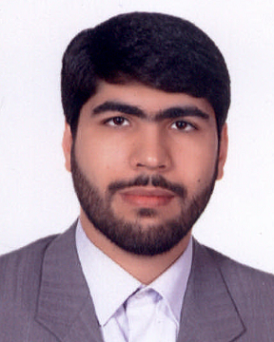Designing the Organizational Model of Revolutionary Institutions in Islamic Governance (Qualitative Analysis of the Thoughts of the Supreme Leader of the Islamic Revolution; A Case Study of the Armed Forces)
After the victory of the Islamic Revolution, various experiences in establishing and launching local organizations and institutions emerged from the revolution, such as the Armed Forces of the Islamic Revolution, the Imam Khomeini Relief Committee, the Foundation for the Underprivileged, Jihad Sazandgi, etc.Formed. With the expansion of revolutionary groups, institutions, organizations and organizations, the question gradually arose, which model of the mechanisms of organized collective movements is needed in Islamic governance and what is this movement like? This research aims to answer this question in a qualitative and developmental way, and thematic analysis method has been used to analyze the statements of the Supreme Leader. In order to achieve the model of organization of revolutionary institutions based on the thoughts of the Supreme Leader of the Islamic Revolution, the messages, statements and orders of His Holiness were studied and analyzed until December 1400.First, all the rulings on the appointment of officials and also the rulings on the establishment of revolutionary institutions during the leadership of the Supreme Leader of the Revolution were studied, then the search for the keywords "revolutionary institution", "organization", "structure" in the statements of His Highness, through a search in the Office of Preservation and Publication of Works Ayatollah Grand Ayatollah Khamenei was studied and coded. In the last stage, in order to focus on the organizational model of the revolutionary institution of the armed forces of the Islamic Revolution in the thoughts of His Holiness, all the statements and messages of the Supreme Leader of the Revolution in the gathering of the Guards, Basij and the armed forces during his leadership were studied and analyzed.The results of the research showed that the organization of revolutionary institutions in the thought of His Holiness includes five basic dimensions: external shape (transformative dimension of organization), spiritual shape (fixed dimension of organization), revolutionary order (fixed mechanism and transformation), revolutionary spirit (determination of relation to revolution) and The Jihadi manager is the driving force behind the organization of the revolutionary institution.
-
Performance evaluation model of the narrators of Rahian Noor camps.
Abbas Alwardi *, Mohammadmahdi Mohtadi, Mohammadjavad Pahlevanzadeh, Amirhossein Saffarinia, Mohammadreza Fathi
Journal of Innovation Management and Operational Strategies, -
Research Trends in the Field of Multi-Level Governance
Bahman Ebrahimian *, Ali Taheri, Seyed Abed Rezaee, , Mohammadmahdi Mohtadi
Iranian Journal of Public Policy, -
Growth and Maturity Stages pattern of Faith-based Non-Governmental Organizations: A Case Study of the Organizational Framewor of the mosque
Alireza Sharif Fard *,
Journal of Interdisciplinary studies of Islamic revolution civilization, -
Identification of Formative Antecedents of Archetypes
Fozieh Taheri Mina, Tohfeh Ghobadi Lamuki *, , Hossein Hajibabaei
Quarterly Journal of Business Management, -
Identification and interpretive ranking of factors affecting the improvement of agility in business process management
Sadegh Hasani Moghadam *, MohammadMahdi Mohtadi, Hossein Bazargani, Ali Taheri,
Journal of Decisions and Operations Research,




